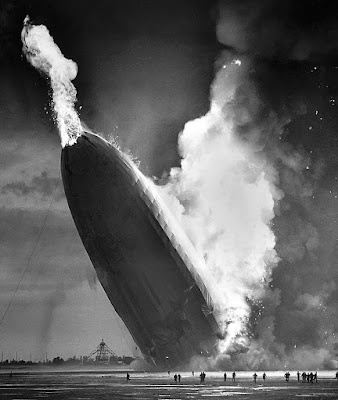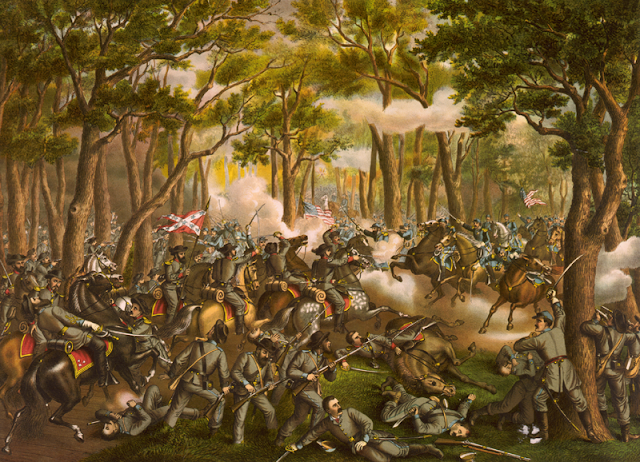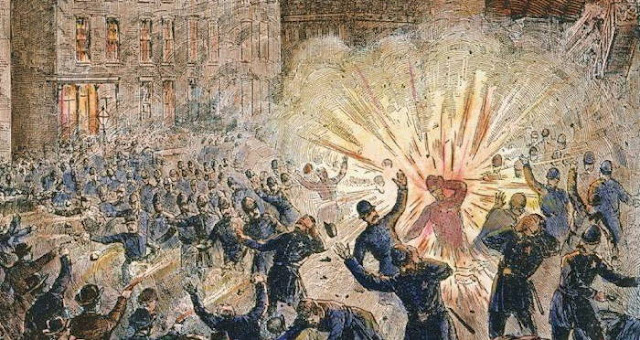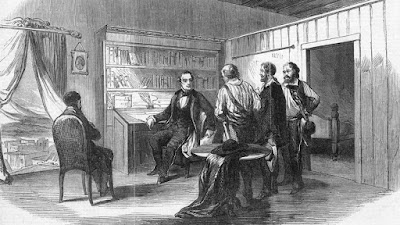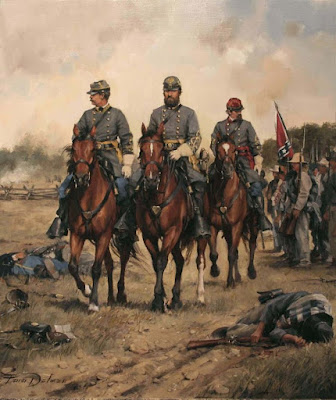To the Reader
To the Reader, I have decided to put the blog on a short hiatus while I focus on different content on my other platforms. When I resume the blog, I will continue to post this in history daily content. I ask of you once again to continue what you have been doing, and please stay safe in these difficult times. If you are enjoying the content, please feel free to subscribe to the blog itself. If you have Twitter or Instagram, you can also follow those @bc_too_ad and bc_too_ad respectively, if you are not already doing so. Also, any comments or concerns you may have, feel free to post them. Sincerely, Brandon Cox

